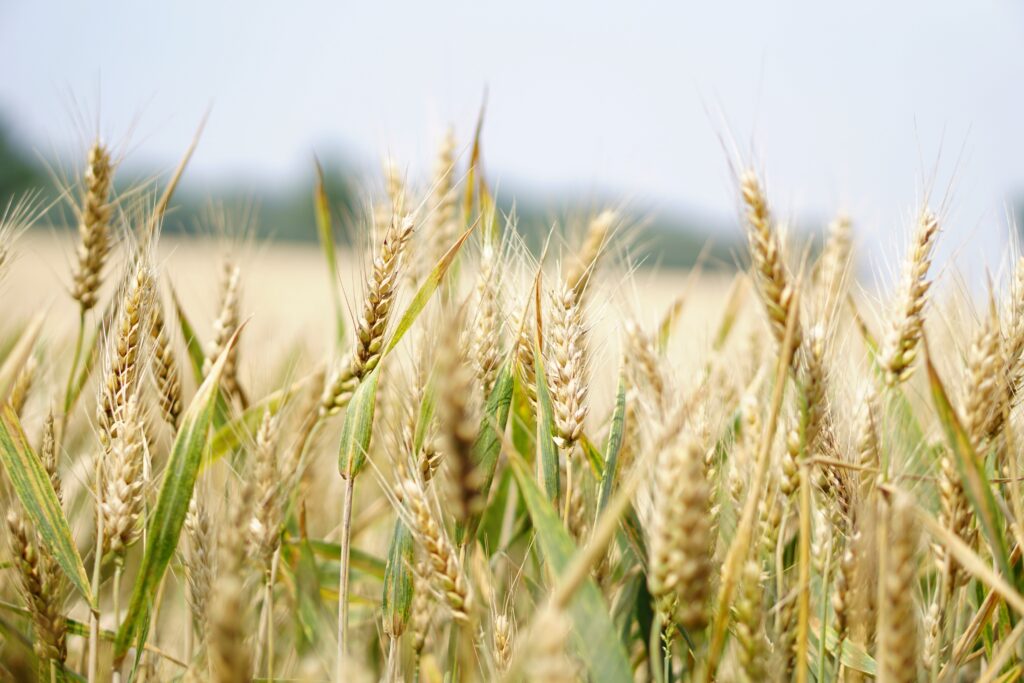The Kansas State Agricultural Society

Our country’s first department of agriculture started in 1855 when at a meeting of the first Kansas territorial legislature an agricultural committee was formed. Laws were then passed to protect and aid farmers in Kansas. The laws delt with claims, strays, hedging on road, weights, and measurements and of course horse stealing. Two years later in 1857 a printed notice went out asking Kansas farmers to attend an open-air meeting in Topeka where they created the Kansas Agriculture Society. The society kept the records and reports on agriculture production in Kansas. The records from this early society are rare. By a twist of fate, the records were given to the Kansas State Historical Society for safe keeping in Lawrence. However, when Quantrill burned Lawrence, he also burned the society’s records.
After Kansas became a state, many counties decided to create their own agricultural societies, the main function of these was to host county fairs. These fairs were places for farmers to share techniques and ideas with neighbors, acknowledge successes and provide a source of entertainment. There was, however, a flaw with these county societies which was that they failed to communicate with one another. It was then decided that a state organization needed to be created and so the Kansas State Agriculture Society was formed by the Kansas Legislature on March 5, 1862.
The state society would collect information from all the county societies and distributed it all across the state. It also provided funding for exploring new crops that could be introduced to farming in Kansas. One such crop was Winter Wheat. Today Kansas farmers plant wheat in the fall and harvest in the spring, but up until 1870 farmers actually planted wheat in the spring and harvested it in the late summer. However, the Kansas climate of hot dry summers took its toll on the crop, and it never prospered. So, farmers took a gamble with planting the wheat in September and October which allowed it to sprout quickly and then lay dormant until March when it then begins to grow and mature. Winter Wheat was a success. Interestingly up until this new way to grow wheat, corn was the number one crop in Kansas. Wheat would surpass corn in Kansas in 1910.
Other states began using Kansas as a model for their own agricultural societies, The Federal Government created their own Agricultural Department in 1862, to protect farmers and to connect the various state societies. The Kansas society was successful in a lot of ways, but it often suffered from a lack of funding. They would ask for aid from the State Government; however, they were not a state agency. So, in 1872 the Kansas Legislature created the State Board of Agriculture. As a state agency they could do more and be connected to the larger federal system.
The early years of the board were spent organizing a state fair and acting as an immigration agency to bring much needed settlers to homestead in Kansas. Through an annual report and various publications, the society also served as source of information and new techniques in farming. Today, thanks to the Agriculture Society, Kansas is known as the “Wheat State” and “The Breadbasket of the World”. Kansas continues the grand tradition of the State Fair though it looks different today than it did over a hundred years ago. The Kansas Agricultural Society continues to help farmers all over Kansas and is continually developing new techniques and technologies all in an effort to ensure that farming continues to be a Kansas tradition for generations to come.
Thanks for reading. Be sure to share and subscribe. You can also help support independent journalism in Kansas by buying me a coffee at buymeacoffee.com/kscon.

Emily Brannan
Emily Brannan is a born and raised Kansan. Graduating from Missouri Southern State University in Joplin, MO with a Bachelor of Arts in History with a minor in American Studies, she is now a historian, writer, and researcher.
